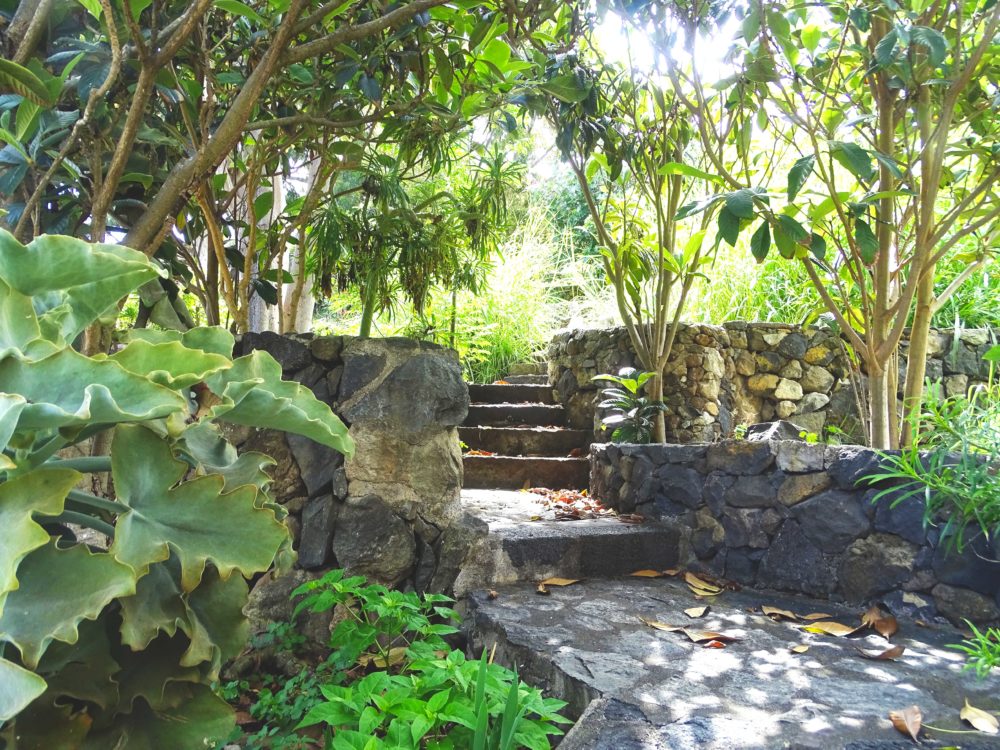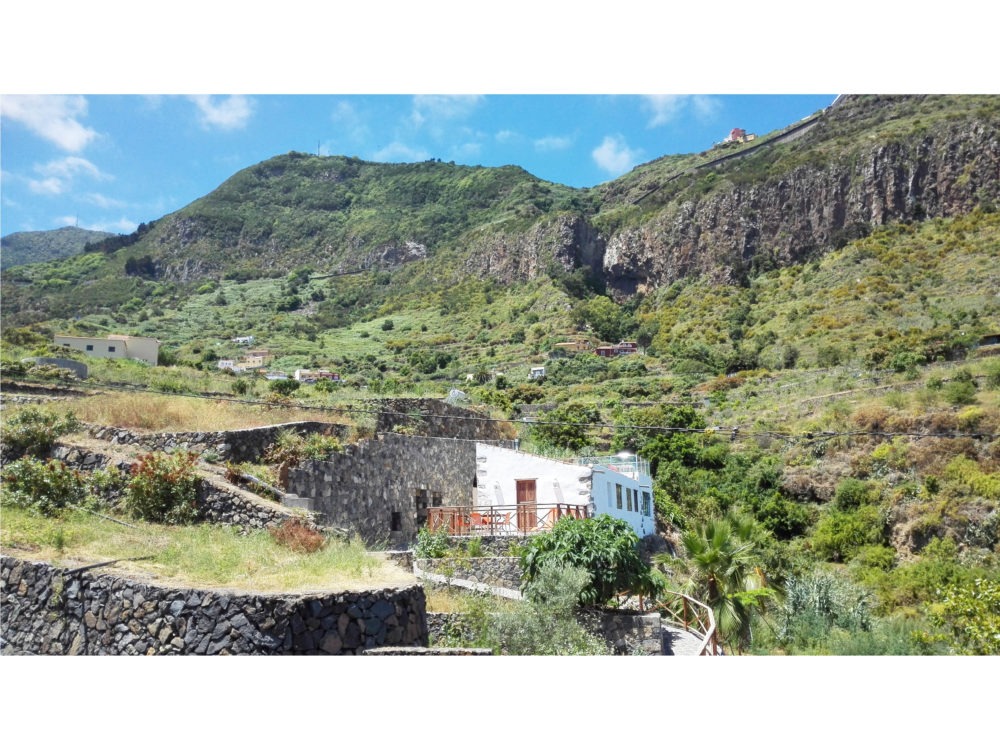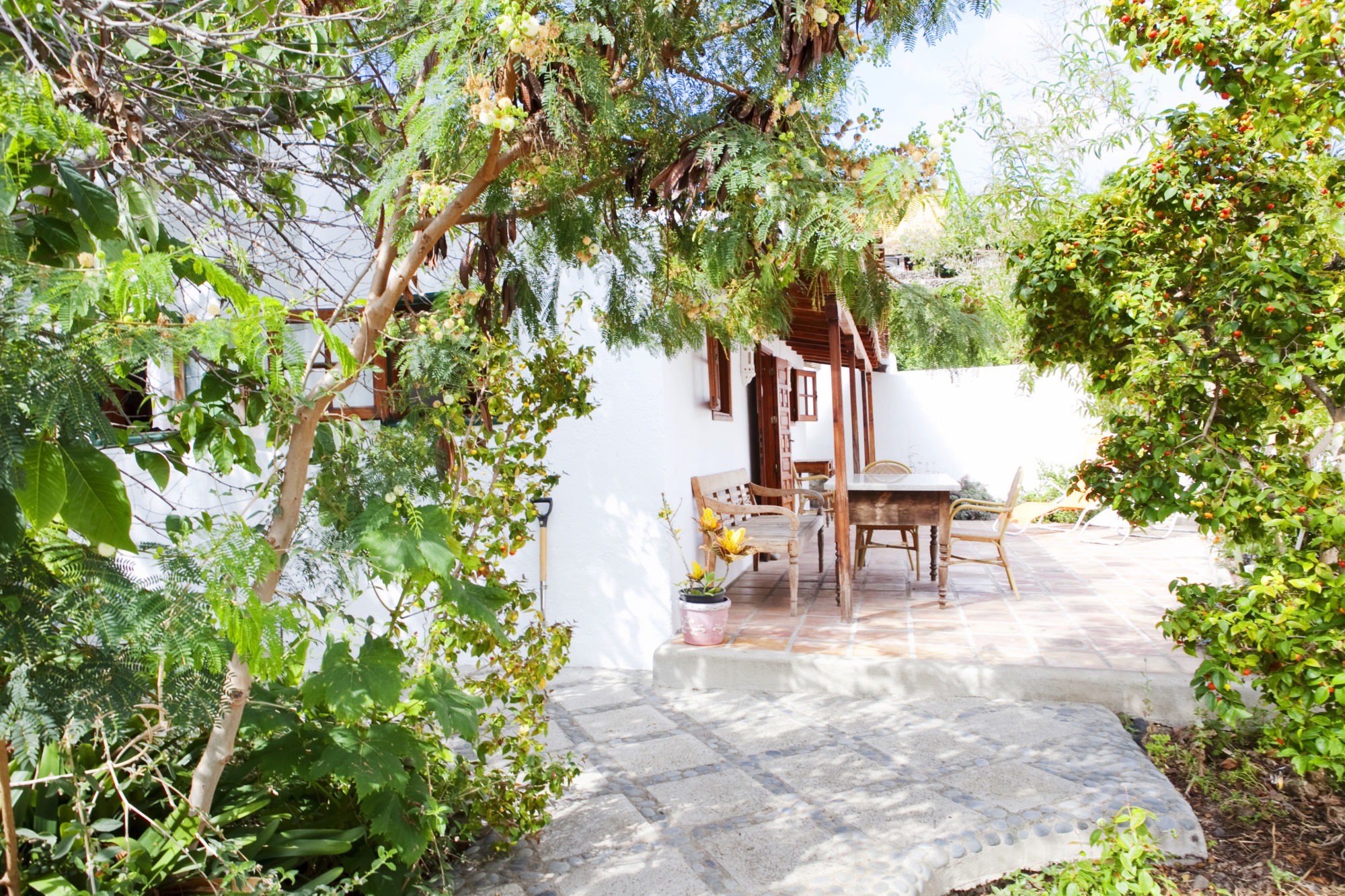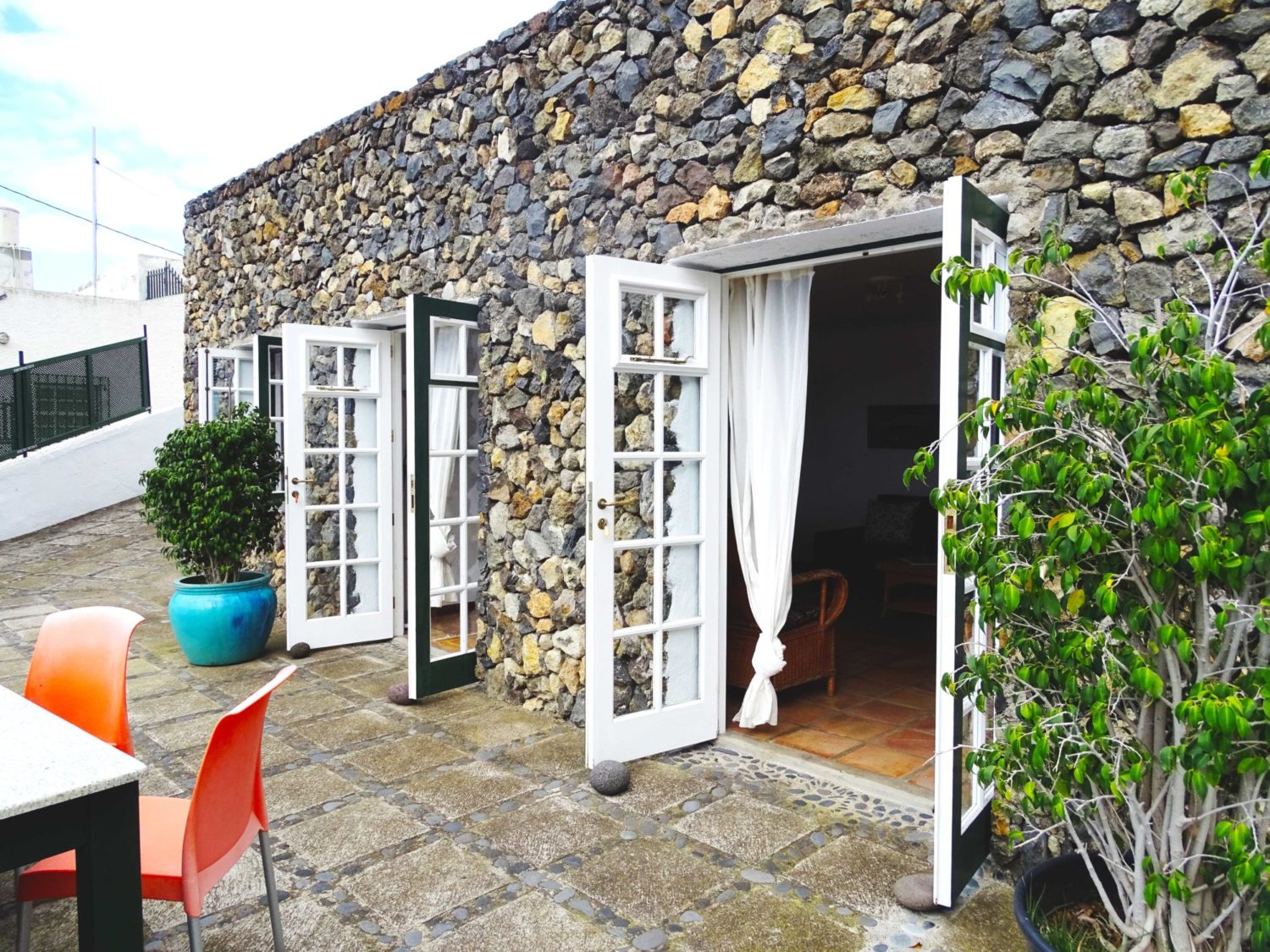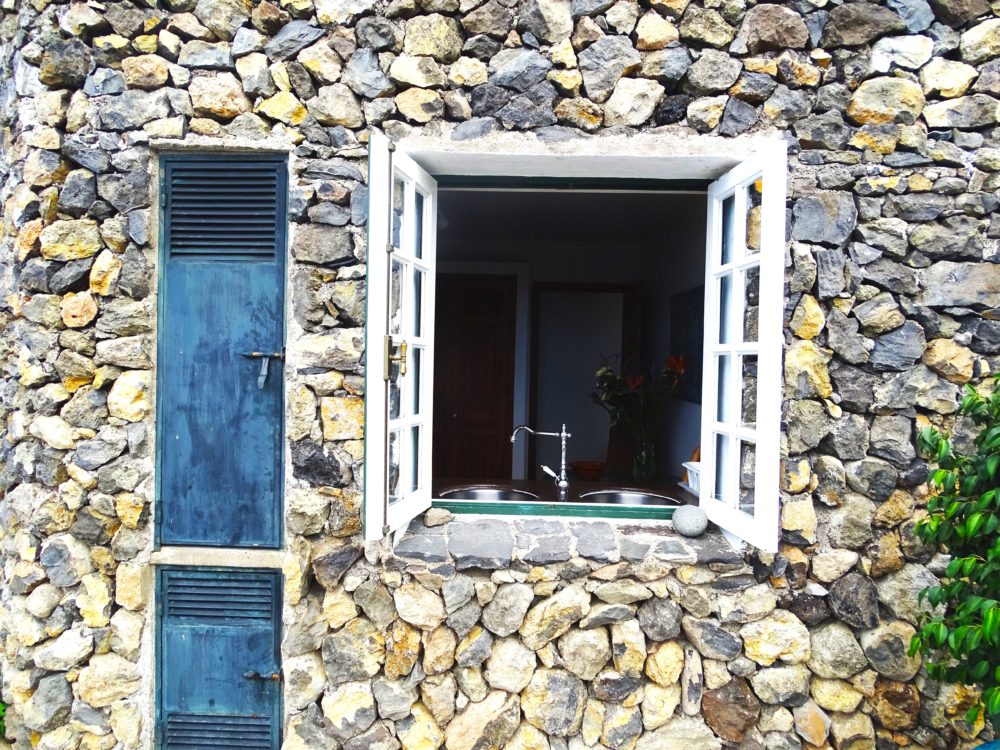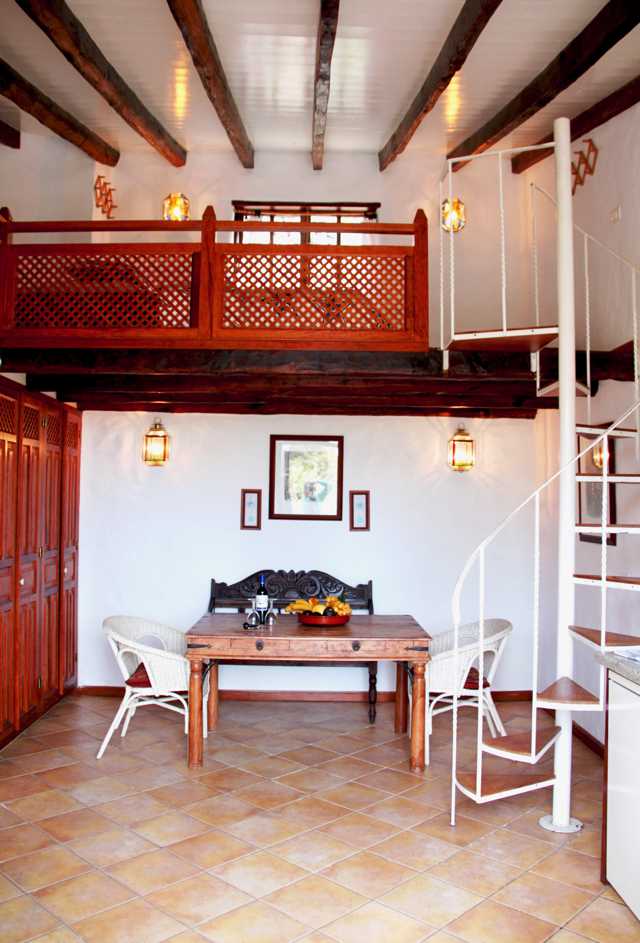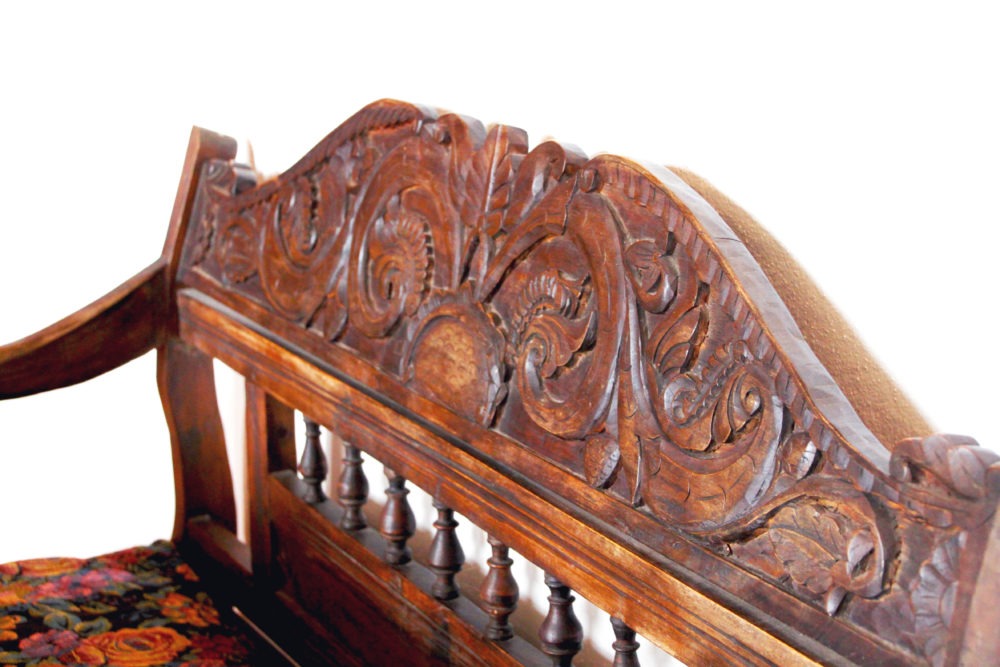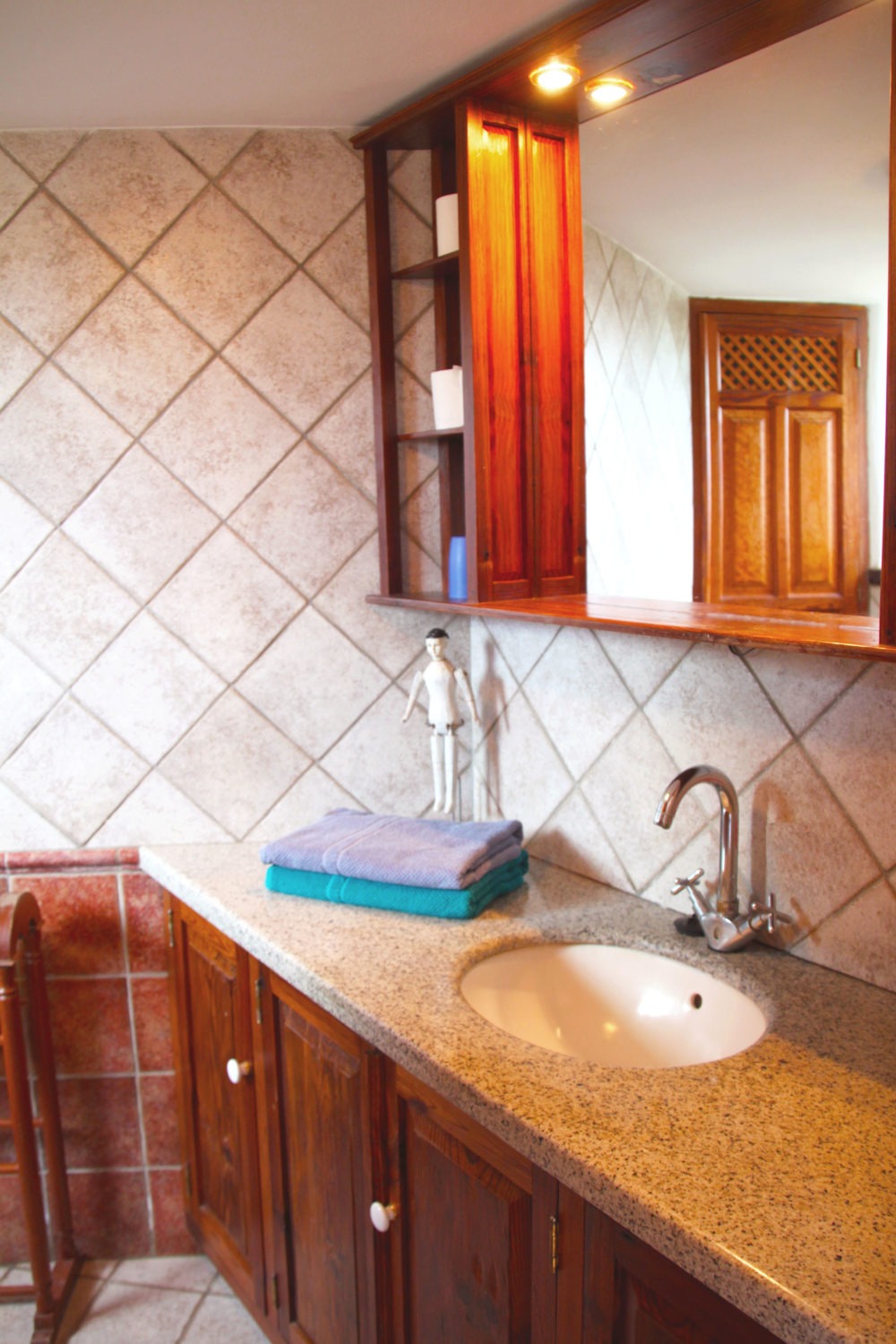Apium graveolens var. rapaceum
Knollensellerie
Englische Bezeichnung: Celeriac
Spanische Bezeichnung: Apionabo
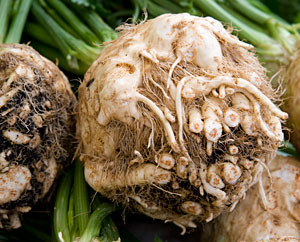
Familie
Doldenblütler (Apiaceae)
Verwendbare Teile
Knolle
Hauptbestandteile
-
Mineralstoffe: Calcium, Magnesium, Kalium
-
Vitamine: B-Vitamine, C, K, Beta-Carotin (Provitamin A),
-
Sekündäre Pflanzenstoffe: Antioxidantien, Bitterstoffe
Ernte-Hinweise:
Ziehe die Knolle, die mindestens tennisballgroß geworden ist, einfach am Lauf aus der Erde, und schneide die Wurzeln mit einem scharfen Messer entlang der Frucht ab.
Verwendung:
Kochen, Dünsten, Schmoren, Blanchieren, Braten
-
z.B.: In Suppen, Salaten, Soßen, Eintöpfen, als „Sellerie-Schnitzel“
-
Die meisten kennen den typischen Knollensellerie aus Suppengemüse. Zusammen mit seinen Geschwistern Schnittsellerie und Staudensellerie gehören diese drei Varietäten zur Art des Echten Selleries. Insgesamt gibt es circa 30 Arten. Schon im alten Ägypten wurde die aus dem Mittelmeerraum stammende Wildform zwischen circa 1200 und 600 v. Chr. als Heilpflanze verwendet und dienten außerdem als Grabbeigabe. Das bekannte Suppengemüse hat noch mehr Potential!
Family
Umbelliferae (Apiaceae)
Parts Used:
Root
Key Constituents:
-
Minerals: Calcium, magnesium, potassium,
-
Vitamins: B vitamins, C, K, Beta-Carotene (Provitamin A)
-
Secundary plant substances: Antioxidants, bitter substances
Harvesting tips:
Simply pull the bulb, which has grown to at least the size of a tennis ball, out of the soil by the run and cut the roots along the fruit with a sharp knife.
Use:
Boiling, stewing, braising, blanching, roasting
-
e.g.: In soups, salads, sauces, stews, as „celery cutlets“.
-
Most people know the typical celeriac from soup vegetables. Together with its siblings celeriac and celery, these three varieties belong to the true celery species. There are about 30 species in total. The wild form, which originated in the Mediterranean region, was already used as a medicinal plant in ancient Egypt between about 1200 and 600 BC and was also used as a grave offering. The well-known soup vegetable has even more potential!
Familia
Umbelífero (Apiaceae)
Partes aprovechables:
Raíz
Principales Constituyentes:
-
Minerales: calcio, magnesio, potasio
-
Vitaminas: Vitaminas B, C, K, betacaroteno (provitamina A)
-
Sustancias vegetales secundarias: Antioxidantes, sustancias amargas
Guía de cosecha:
Simplemente saca el bulbo, que ha crecido hasta alcanzar al menos el tamaño de una pelota de tenis, de la tierra por la carrera y corta las raíces a lo largo del fruto con un cuchillo afilado.
Uso:
Hervir, guisar, estofar, escaldar, asar
e.j: En sopas, ensaladas, salsas, guisos, como „chuletas de apio“.
La mayoría de la gente conoce el típico apionabo de las verduras para sopa. Junto con sus hermanos el apionabo y el apio, estas tres variedades pertenecen a la verdadera especie del apio. Existen unas 30 especies en total. La forma silvestre, originaria de la región mediterránea, ya se utilizaba como planta medicinal en el antiguo Egipto entre el 1200 y el 600 a.C. aproximadamente, y también como ofrenda funeraria. Esta conocida verdura para sopa tiene aún más potencial.


